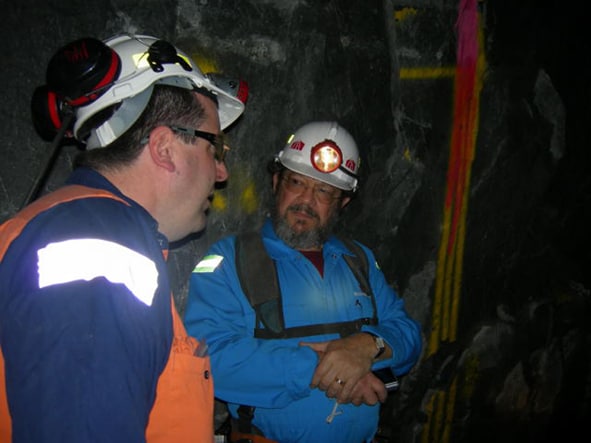On 8 July 2010 the United States government asked its Chemical Safety Board (CSB) to consider investigating the Gulf of Mexico oil spill. It would be good news for safety and the environment for the CSB to take on this role.
Primarily, CSB is well placed to consider any issues concerning the safety management structure and culture of BP that may have contributed to the environmental disaster and the deaths of 11 workers on the rig. As the CSB media statement outlines
“The CSB thoroughly investigated the BP Texas City refinery explosion of 2005 and issued a lengthy report and hour-long CSB Safety Video following our investigation, and as the letter from the committee chairmen states, we would be in a unique position to address numerous questions about BP’s safety culture and practices, and to answer the questions outlined in the House committee letter today.”
 The letter from the chairman of the US Congress’ Committee on Energy and Commerce, Henry Waxman, has asked the CSB to consider the following questions
The letter from the chairman of the US Congress’ Committee on Energy and Commerce, Henry Waxman, has asked the CSB to consider the following questions
- “Do the circumstances and events leading up to the Deepwater Horizon explosion reflect problems in BP’s corporate safety culture?
- What role, if any, did cost-cutting and budgetary concerns play in BP’s decisions about well design and testing? Continue reading “Independent safety investigation into BP’s Gulf disaster requested by Congress”

